1. Empathize.
In phase 1, Empathize, we put ourselves intensely in the customer’s position. We walk in the customer’s moccasins.
We want to understand the customer better than they understand themselves.
For this, a so-called “Persona” is defined. A quasi-virtual person with the collected characteristics of a typical customer. In the “Persona,” we can empathize with the actual needs and motivations of the user.
With the CPM method (= Customer Process Monitoring), we go out into the field. To the so-called Touchpoints. We analyze user processes with metrics and video recordings on-site: the Customer Journey Mapping.
Important: we are unbiased! We do not have a solution in mind yet. It could limit us in finding the solution. We consciously hold back – which is not that easy.
With the collected material, we have one thing above all: we have found problems.
The right problem is worth much more than an early solution idea.
DESIGNTHINKING.


2. Define.
Focus.
In Phase 2, Define, the identified problems are clustered, prioritized, evaluated, and focused. We choose a main problem that we want to solve.
Frame a Question: We find a driving question that inspires us to seek creative solutions.
The HMW = “How Might We” question is very powerful. It turns the identified problem into a future-oriented perspective:
DESIGNTHINKING.
3. Ideate.
Unrestrainedly creative.
“Oh dear. I’m not that creative.” I’ve heard this sentence from many people who wanted to lower expectations at the beginning of a creativity workshop. Later in the workshop, they delivered the best contributions.
The best ideas come in the shower, while walking, or in the process of falling asleep. At those times, we are in a trance-like theta wave state.
But this always has a backstory. Creativity is connection.
A good idea arises from the connection of a problem with a possible solution.
What often hinders us is the brain’s built-in inhibition.
The more we think about our creative task and the more we judge ideas as nonsensical in the early stages, the more active the inhibitors become, censoring our thinking. The effect is that soon, we can’t think of anything at all. Writers often refer to this as “writer’s block.”
We use the 12 best creativity techniques: from the Walt Disney Method to the Reverse Brainstorming Method, to de Bono’s 6 Thinking Hats.
They help us to overcome our inhibition.
DESIGNTHINKING.


4. Prototype.
Thinking with your hands.
In Phase 4: Prototype, we choose an idea and implement it very quickly. We want the idea to be understood immediately.
Depending on the idea, we use different forms for the prototype:
• Paper Prototype (applications).
• Storyboard (processes & workflows).
• Model (shape, size, weight, functionality).
• Role-playing (social interaction).
• Video clip (interaction, product idea).
The prototype is the basis for further ideas. We do this in several iterations. Making mistakes is explicitly encouraged!
“Fail early to succeed sooner.”
The prototype is the foundation for a common language. It is visual, tactile, and tangible.
Prototyping brings the involved departments to a common ground.
DESIGNTHINKING.
5. Test.
Early Feedback.
Which unmet customer need does our new product fulfill?
We had a hypothesis about this – now we verify it.
We find a real test person. We confront them with our prototype.
We don’t want to influence them. The test person talks a lot – we: as little as possible. Only with open-ended questions do we elicit desires, criticism, emotions, or better ideas. We encourage “thinking out loud.”
With the collected feedback, we move on to the next quick iteration.
DESIGN THINKING – the fastest way to innovation.
DESIGNTHINKING.

Self-Assessment Workshop

Improvement Potential

Assessing DESIGNTHINKING Potential:
1. Current State Analysis.
– First, we want to understand your current situation.
2. Self-Assessment-Workshop.
– In the self-assessment workshop, we will show you best practices.
3. Action Plan.
– Based on this, you assess your need for action.
4. Improvement Potential.
– We estimate the quantitative improvement potential.
5. Vision.
– Together, we define a vision.
6. Implementation Plan.
– We establish an implementation plan.
We estimate your R&D performance.
The R&D Performance Self-Assessment.
In a 3-hour workshop with the R&D leadership team, you will learn about our methodology:
Part 1: Self-assessment of R&D EBIT cost potentials.
Part 2: Maturity level of the organization across 5 levers.
Part 3: Result interpretation.
By narrowing down through scenarios, it quickly becomes clear whether an initiative is worthwhile.


